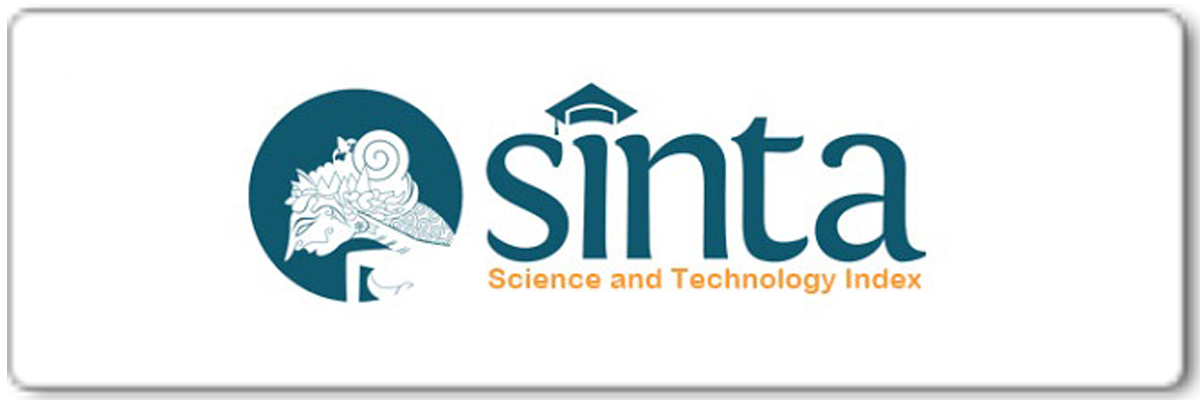The implementation of Cognitive Strategy Instruction in Writing (CSIW) strategy in teaching writing for the eight grade students at Mts Al-Karomah Winong Ngawi
Abstract
Keywords
Full Text:
PDFReferences
Berg, Bruce. L. 2001. Qualitative Research Method for The Social Sciences. California State University:
Long Beach.
Broughton, Geoffrey. Brumfit, Christopher. Flavell, Roger. Hill, Peter and Pincas, Anita. 1980. Teaching
English as a Foreign Language. USA and Canada: Routledge.
Principles of Language Learning and Teaching. New York: Addison Wesley
Longman, Inc.
Brown, H. Douglas.2000. Teaching by Principles an Interactive Approach to Language Pedagogy. California:
Wesley Longman, Inc.
Cahyono, Bambang Yudi. 2011. Teaching English by Using Various Text Types. Malang: State University of
Malang Press.
Guzel, Ruya and Ozmen. 2006. The Effectiveness of Modified Cognitive Strategy Instruction in Writing
With Mildly Mentally Retarded Turkish Students. Gazi University.
Harmer, Jeremy. 1998. How to Teach English Language Teaching. UK: Cambridge.
. 2001. The Practice of English Language Teaching. Third Edition. UK: Cambridge.
Hallenbeck, M. J. 2002. Taking Charge: Adolescents With Learning Disabilities Assume Responsibility For
Their Own Writing.United States: International Reading Association, Inc.
Knuuttila H. 2010. Written Expression Instruction For Elementary Students With Learning Disabilities: A
Review Of Literature. At Northern Michigan University
Linse, Caroline T. Nunan David. 2005. Practical English Language Teaching: Young Learners. New York:
mcGraw-Hill.
Nera. 2004. Expanding The Writing Process To Accommodate Students With Learning Disabilities. England:
Central,CorrecticutUnivertsity Press.
Sugiyono. 2014. Memahami Penelitian Kualitatif. Bandung: Alfabeta.
Vanderstop, Scott W and Johnston, Deirdre D. 20009. RESEARCH METHODS FOR EVERYDAY LIFE
Blending Qualitative and Quantitative Approaches. USA: Clearance Center. Inc.
Article Metrics
Abstract has been read : 637 timesPDF file viewed/downloaded: 0 times
DOI: http://doi.org/10.25273/etj.v7i1.4547
Refbacks
- There are currently no refbacks.
Copyright (c) 2019 English Teaching Journal : A Journal of English Literature, Language and Education
English Teaching Journal: A Journal of English Literature, Language and Education indexed by:
This work is licensed under a Creative Commons Attribution-NonCommercial-ShareAlike 4.0 International License.







